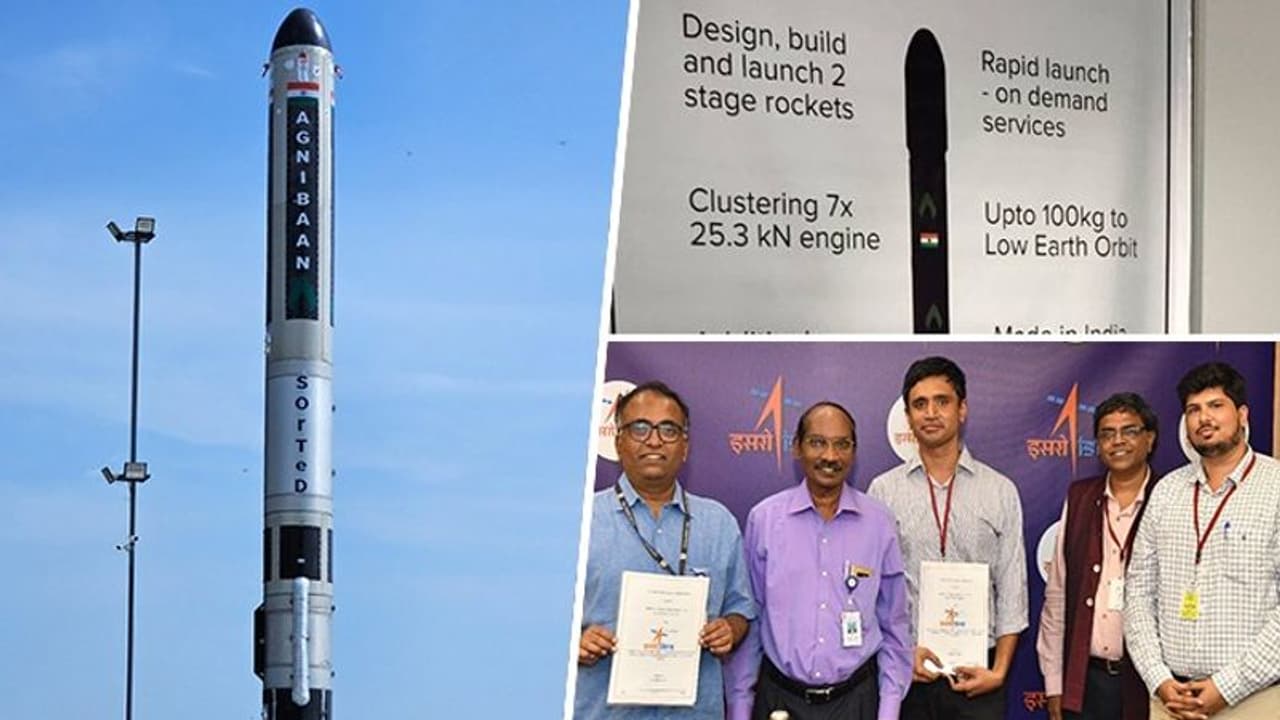Chennai-based startup Agnikul aims to make aerospace history with the world's first 3D-printed engine, as it prepares for a year-end launch of its Agnibaan rocket, marking a pivotal moment in India's space exploration endeavours.
Chennai-based startup Agnikul, renowned for its satellite launch vehicle expertise, has unveiled ambitious plans to conduct its inaugural flight by the year's end. In a groundbreaking move, this mission will feature the world's first 3D-printed engine, as reported by ET. This launch is positioned as a technology demonstration, mirroring Agnikul's forthcoming orbital launch set for 2024, albeit on a smaller scale.

CEO Srinath Ravichandran affirmed the company's year-end launch target, with a final test pending at the Indian Institute of Technology (IIT), Madras. Pending reviews with the Indian Space Research Organisation (ISRO), the launch vehicle, already poised at the launch pad, will be ready for takeoff. Ravichandran underscored the critical importance of achieving success on the first attempt, given the intricate nature of the launch vehicle.
Upon success, Agnikul would become India's second private company to develop a small satellite launch vehicle, following Skyroot Aerospace's launch of the Vikram S in November 2022. Agnikul originated as a startup incubated on the IIT-Madras campus.
Agnikul's rocket, named Agnibaan, distinguishes itself from the Vikram S in a significant manner. While the Vikram S is a sounding rocket launched from guide rails, Agnibaan will ascend vertically, adhering to a predetermined trajectory while executing precise maneuvers during flight, elucidated Ravichandran.
Sounding rockets are typically utilized for upper atmospheric research and space exploration. In contrast, Agnibaan SOrTeD (SubOrbital Technological Demonstrator) is a single-stage launch vehicle offering high customizability. It can transport payloads of up to 300 kg to orbits approximately 700 km high, enabling plug-and-play configurations tailored to the specific satellite being launched.
Ravichandran highlighted the propellant system and resizing capabilities as key differentiators for Agnikul's offering. The company's launch vehicles can be customized to accommodate varying payload and satellite sizes, departing from a fixed capacity approach. This adaptability is facilitated by the use of liquid propellants, offering reusability and enhanced safety compared to solid propellants.
Also read: 'More women as astronauts is part of my wishlist': ISRO chairman shares vision
Agnikul's Agnilet engine stands as a groundbreaking achievement, being the world's first single-piece 3D-printed engine entirely designed and manufactured in India. The engine successfully underwent test-firing in 2021, marking a significant milestone for 3D printing technology in the country, traditionally associated with medical applications such as hip implants.
The integration of the launch vehicle with Agnikul's private launchpad at the Satish Dhawan Space Centre in Sriharikota was completed on August 15.
The company's target market comprises customers involved in developing small satellites for low Earth orbit, with payloads primarily consisting of communication and imaging satellites.
Agnikul's 3D printing Rocket Factory features a state-of-the-art metal 3D printer from EOS, boasting dimensions of 400mm x 400mm. Alongside other advanced machinery, this facility enables end-to-end manufacturing of rocket engines under one roof.
